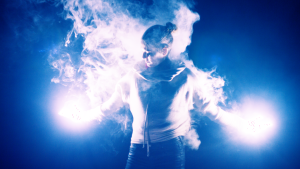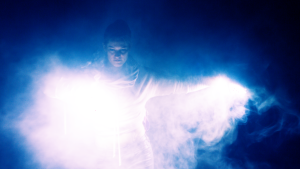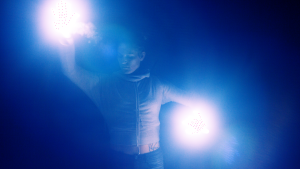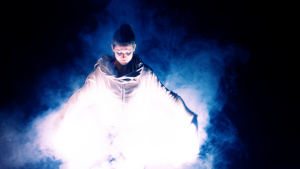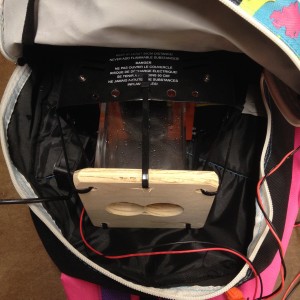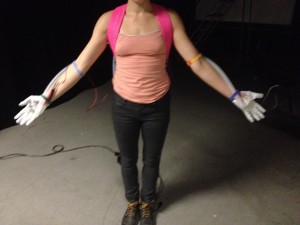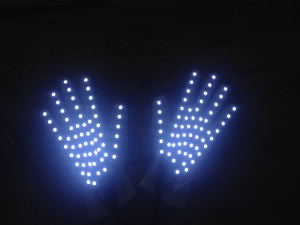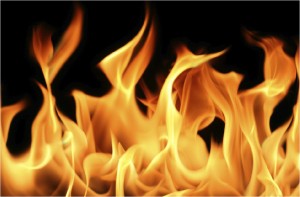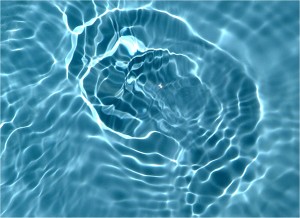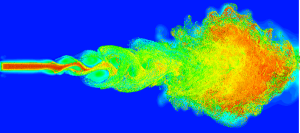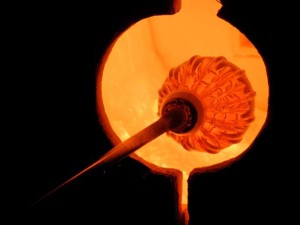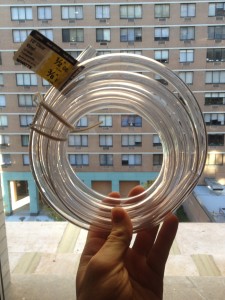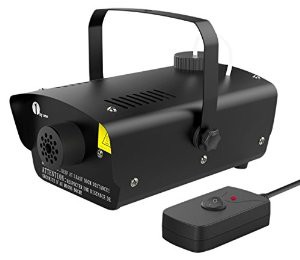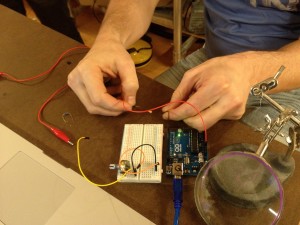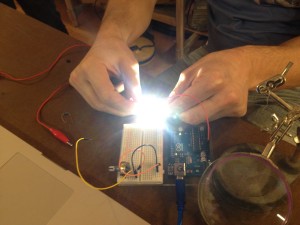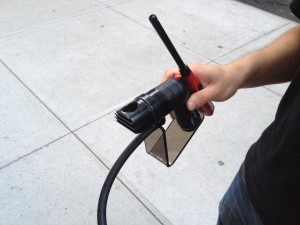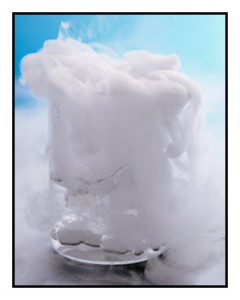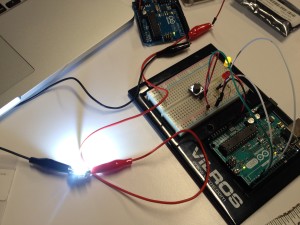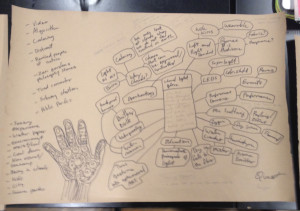Project Development
Instructor: Stefani R Bardin
12/2/15
Final Project:
Ephemera
Slide presentation:
Project Development Final Presentation
The video of the piece being performed was shot on a blackmagic 4K cinema camera with a zenit 60 millimeter prime lens. No visual effects were applied other than an RGB curves adjustment.
Sincere thanks to Thea Rae for her performance, and collaboration.
11/17/15
The visit to Chico’s studio was great. Overall a very entertaining and eye-opening look behind the curtain. Most of the time we see art in the context of a finished installation or a gallery ready piece. Seldom do we get to see the work in the studio as it’s raw idiosyncrasies are being hashed out. One of the drawbacks of sculpture that I have first hand experience with is what to do with it after it has been documented, and exhibited but not sold. Let’s just say my parents have some unique lawn ornaments.
Disco.
11/5/15
“Don’t wait for things to be perfect to start on a project. Just make it.”
Affordances:
What may be obvious to you might not be obvious to an uninitiated user, and vice versa. Don’t take it for granted that your audience will understand or utilize your work in same way that you do.
According to William Gaver there are three categories of affordances: perceptible, hidden, and false.
“A false affordance is an apparent affordance that does not have any real function, meaning that the actor perceives nonexistent possibilities for action. A good example of a false affordance is a placebo button.
A hidden affordance indicates that there are possibilities for action, but these are not perceived by the actor. For example, it is not apparent from looking at a shoe that it could be used to open a wine bottle.
For an affordance to be perceptible, there is information available such that the actor perceives and can then act upon the existing affordance.
This means that, when affordances are perceptible, they offer a direct link between perception and action, and, when affordances are hidden or false, they can lead to mistakes and misunderstandings.
This means that, when affordances are perceptible, they offer a direct link between perception and action, and, when affordances are hidden or false, they can lead to mistakes and misunderstandings.” (from wikipedia.org)
We are introduced to Trevor Paglen; an artist that uncovers the secret geography of the US military’s secret world. I really enjoyed following up on his work. Some of the PSYOPS patches are delightfully macabre, almost Halloween like.
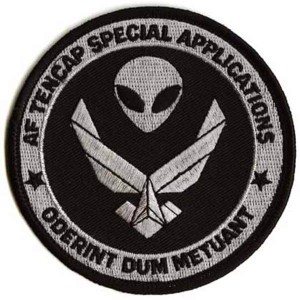
I also really like the ideas behind the TOR box project.
-Narrative
-Impulse
-Line of Inquiry
-Influences
-Research
-Obstacles (pivot not failure)
-Longhand Description
-Next Steps
11/3/15
Rough Project Storyline:
We are all living under an ocean of air. Every movement we make sends out a cacophony of ripples, eddies, waves and wavelets. We displace our own personal volumes and leave trails in our wake wherever we go. All of this chaotic beauty goes unseen and unrecognized. What if it could be made visible. What if our gestures could reveal their own turbulent echoes in space?
I have always had an intense fascination with fire, smoke, and water. They all have these shifting, unpredictable shapes, and they play with light; bending it, warping it and reshaping it. This fascination led in no small part to my choice of undergraduate degree; four years of my adult life revolved around glass and fire.
Later when my expertise shifted to 3D animation, I still sought to create turbulence, transparency, and illumination. One learns pretty quickly that some of the most difficult phenomena to simulate is: fire, smoke, liquid, glass, etc. Even with a fast processor, and an efficient algorithm; the simulation of convincing, believable fire, smoke, explosions, water, chaotic flow, turbulence, etc. makes your computer run hot and slow.
Innovation in the field of 3D simulation is rapid-paced. Every year there are more research papers, and more SIGGRAPH submissions.(Special Interest Group on GRAPHics and Interactive Techniques) There have even been science and technical Oscars handed out for breakthroughs in this area.
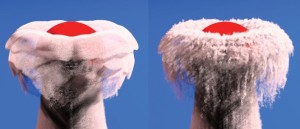
Turbulent flow is a subcategory of fluid dynamics, which is a subcategory of fluid mechanics, which itself a subcategory of physics writ large. Many mathematical formulas have been written which describe the movement of fluids and gasses. A complete mathematical description of turbulent flow has yet to be written. Even simplistic modelling is beyond my training in mathematics and would still require intensive computer computation. As with most natural chaotic systems, the discrete action of turbulent flow is very hard if not impossible to predict.
At the onset I was sure of two things. I wanted to make air turbulence visible, and I wanted to use hands as an emitter. Our hands are our best tools for generating meaning through gesture, and our instinct to touch things with our hands is universal. The first set of problems that I had to address was how to make air visible. I ran through three major strategies: water cracker, theatrical fog machine, and dry ice with water. I have settled on the fog machine for now, I may switch to the dry ice once wearability issues are resolved.
10/28/15
Revised Timetable
Week 9 – Author narrative documentation
Week 10 -Integrate vapor mechanism with glove more completely
Week 11 – Iterate form factor
Week 12 – Backpack for factor
Week 13 – User testing
Week 14- Optimize for portability and freedom of movement
Week 15 – Final Iteration ready for Winter Show
10/27/15
Successful demonstration of the device for the visiting panel. The fog machine has the advantage of 5 minute deployability versus the hour round trip travel time to retrieve the dry ice from mid town. The fog travelled well through a fairly long run of tubing. I want to get a more flexible type of hose that has a larger diameter. I also need to find a fix for the high heat generated at the output nozzle of the fog machine.
10/18/15
A visit to the hardware store and I have some clear flexible tubing to try with a small form factor fog machine that I ordered off of amazon.com. I think that I may eventually be able to make the fog machine components, and a power supply fit into a backpack.
So, hopefully, this flexible tubing will carry the fog from the fog machine to the glove.
An ideal solution for the challenge of pushing the fog to the glove may be a custom 3D print in a flexible material. I have a design in mind that would distribute the fog along the palm and out to each finger.
10/14/15
I feel good about the progression of my project thus far. The dry ice was a lot of fun to play with. Both the wizard stick fog, and the dry ice vapor catch the light from the glove LEDs nicely. I am going to try some diffusion of the LED point light. I hope to have another iterative improvement to show next week. Some good feedback from the class included webbing between the fingers to catch the dry ice vapor before it sinks to the floor. Color modulation and intensity modulation was also suggested.
Some drawbacks with using dry ice: has to be purchased ahead of time the same day that you intend to use the device. Vapor sinks towards the floor. Vapor production requires dry ice to be added to a volume of warmed water. Heavy.
Met with Eric Rosenthal. We discussed several details of the project, and I got some good advice on pitfalls, challenges, and workarounds. He strongly recommended, and I agreed with him, to order pre mounted strips of LEDs as a backup in case the SMT LEDs that I already bought are too difficult to incorporate into the project. He feels that without a rigid substrate the LEDs would tend to pop off. If I ever decide to go to production with the project, he had a few manufacturers in mind who could do flexible circuits. He also had advice for the right type of wire for maximum flexibility. He recommends that the use of the glove be kept indoors if I use the dry ice, changes in humidity as well as wind would change the volume, stability, and quality of the fog
10/7/15
“Messiness comes from the experience not the idea.”
The conversation/argument over what is a data visualization and what is an infographic was revisited in depth. There were many points made and some great examples given. For the record I am going to assert that data visualization, properly defined, is the graphic representation of data and that although the definition can be stretched in a few different directions, ideally it should make things more, not less, accurately comprehensible. An infographic on the other hand must make information readily accessible and discernible; even if there is a small sacrifice in accuracy. Ultimately things like this get boiled down to semantics. The takeaway: Context is important when conveying a message.
Segway to the fine arts. I love some of Damien Hearst’s work by the way. Yes, at the end of the day it’s a blinged out skull but I’m still impressed that it got made at all. In my opinion, the experience of art is highly subjective. So much so that deciding what constitutes an objectively “good” work of art is problematic. It is much easier to determine popularity, accessibility and critical acclaim. I find that when you ask people what works of art really move them, you will find great inconsistency in their answers; myself included.
As to the value of fine art? Two short personal stories:
I worked one year for a fine art gallery in Los Angeles. As I worked there an already meaty stack of artist’s portfolios grew much larger as very few things sold in the gallery itself. Some of the work in the portfolios was very good, some of it was crap. Most of the artwork in the gallery was, in my opinion, crap. What made it onto the gallery walls had everything to do with the personal tastes of the owner of the gallery. Sometimes he did favors for friends and put their work up. The gallery had a lot of paintings by James Franco, the actor, the gallery did not sell a single one while I was there. His paintings were very much like the work of Jean Michelle Basquiat.
I have a friend who I have not heard from in some time, and who I fear might be headed for complete destitution. He was, last I heard from him, still the owner of a genuine painting by Rothko. Similar paintings have sold at auction for $60 million dollars. He can’t sell his for anywhere near that price because he has been blacklisted by the Rothko heirs and the author of the Rothko Catalog Raisonne. The painting is real, but no one will touch it because it has not been properly authenticated by the unofficially official authorities. Poor guy most recently lost a beautiful historic home in Honolulu to foreclosure.
Art! Go figure!
10/6/15
Estimated Project Calendar:
Week 6 – Circuit diagram complete
Week 7 -Wiring and testing of LED circuit
Week 8 – Testing of LED circuit and power supply
Week 9 – Test glove form factor
Week 10 – Integrate vapor mechanism
Week 11 – Test vapor performance
Week 12 – Iterate form factor
Week 13 – User testing
Week 14- Optimize for portability and freedom of movement
Week 15 – Final Iteration ready for Winter Show
The project will be an interactive, illuminated, wearable device. Clouds of vapor will originate from the palm and fingers of a glove form factor that will be illuminated by an array of high power LEDs. The vapor will make visible the otherwise hidden air currents, and turbulence created by the user as the hand moves through space. We are all enveloped by an exquisite, invisible chaos that is stirred by every move that we make, every breath in, and every breath out. We catch fleeting glimpses of it when the wind moves in tall grass, or when smoke rises into still air. It is a cacophony of dynamic curls, ripples, wavelets, sweeps, wisps, and tendrils. The project aim is to reveal this otherwise hidden beauty, and empower the user to interact with it; to paint glowing clouds of ephemera with human gesture and movement. The project will explore turbulent flow, chaotic form, impermanence, persistence of vision, and the elastic scattering of light. The project will aim to express a sense of mystery, magic, power, and wonder.
10/4/15
Say hello to my little friend! He has 99 siblings that arrived over the weekend.
10/1/15
Preliminary Outline:
What problem(s) are you solving?
I want to control the movement and illumination of clouds using my hands.
What ideas are you exploring?
Gestures. Turbulence. Impermanence.
What are you trying to express?
Magic.
9/30/15
Will, a fellow NYU student was kind enough to show me his culinary smoker. A device that uses wood chips to produce fragrant smoke for flavoring food without cooking it. He is holding the smoker and a lighter, which is required to start the initial combustion of the wood pieces. The blower is electric and pushes the smoke through the black rubber tube.
Unfortunately, the volume and density of the smoke is too low for my purposes. Ultimately pleasant to smell (think hickory smoked air) but unpleasant to breathe in and likely to set smoke detectors if used indoors.
9/25/15
Going over my notes from last class.
Culinary smoker would be very interesting to test out. Adding a smell component would make for a richer experience overall. A dark environment would be ideal for highlighting the device function. A virtual version may offer more flexibility and control. UV lights and UV reactive vapor would be fantastic but might require the expertise of a chemist. I’ve e-mailed Eric Rosenthal for technical advice.
“What do you want your user to get out of it?”
A sense of wonder would be a good place to start.
9/23/15
Rough prototype day.
One of my fellow students pointed out Anthony Gormley’s “Blind Light” which I found very interesting. Part of the effect that I want to achieve is executed with water vapor and lighting.
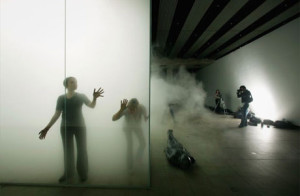
A question: “How is the performance/dancer adding to the tech and vice versa.” The performer/performance gives temporary, ephemeral form to the luminous vapor/smoke/fog. The luminous vapor/smoke/fog in turn accentuates the movements and form of the performer.
Rubin asks how I plan to power the system and if it will become a wearable.
I will definitely need separate battery packs for the LED glove and the fogger/atomizer.
Some interesting ideas about using uv leds, drones or robots, obstacles, etc. All very worthy of consideration.
The idea of turning it into a virtual experience is intriguing as I may be able to get close to an ideal.
As to the why; I’m still figuring it out. I feel that once I am closer to a working prototype and I can see how the light and vapor interact I will be closer to an answer.
Honestly I’m always more interested in the “how” questions…such as, how can I make an illuminated version of this chaotic phenomenon this happen with a gesture?
9/16/15
“Projects have to have a narrative.”
Stages of acceptance: 1.Violent opposition, 2. Ridicule, 3. Acceptance as self evident.
Reviewing the work of Ryoji Ikeda. “The Transfinite” installation at the Park Avenue Armory.
Just what is Data Visualization anyway? Historically data visualization has been used to increase human understanding of real world phenomenon. However, visual content can be generated from random data, and coherent data can be converted into incoherent visuals. Noise in and noise out.
“Speed Dating” our project ideas. Getting feedback from multiple people and streamlining our project descriptions. Next week: concept testing.
Dry ice is another possible mechanism for cloud generation.
9/15/15
Researching and testing project components. High power LED.
Two candidates for generating fog:
Water atomizer
Miniature smoke machine
9/9/15
A very fun set of exercises with thought maps. I love to diagram and flowchart things; instant appeal. The best part was when we shuffled seats and got to examine and annotate the work of our peers. Offering insights and tangents that might not otherwise have occurred to someone working solo.
I am still working on a title for the project; suggestions welcome. The objective is to create a wearable device that generates a fog or cloud that emits from the wearers palms. The fog will be illuminated by a powerful array of LED lights resulting in illuminated clouds that erupt from the user’s hands, tracking the wearer’s movements.
9/2/15
“Limitations foster creativity”
Getting to the why. Finding stories behind what we make. The Five Obstructions.

